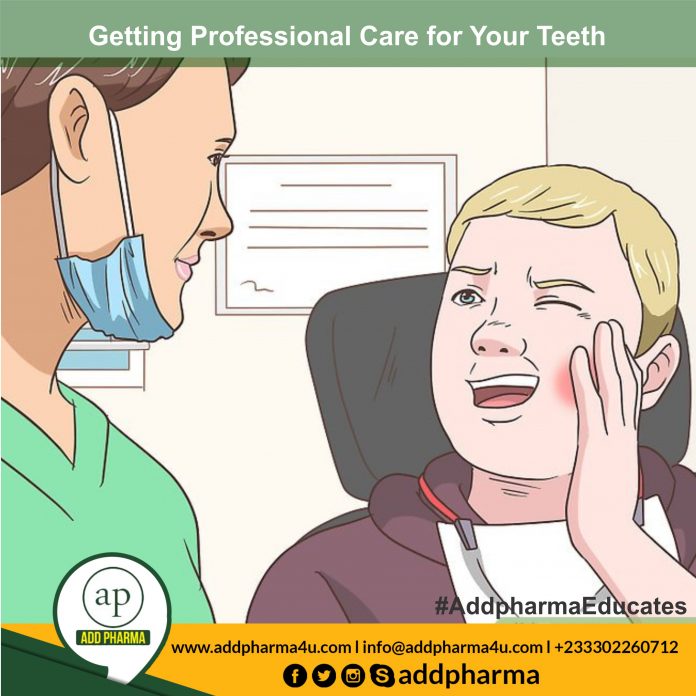1
Go to a dentist if you notice a problem developing. Don’t wait until it’s extremely painful. If you don’t have dental insurance, you may be able to find affordable care by contacting dental schools, searching for free clinics online at the websites of organizations like the American Dental Association or the American Dental Hygienists Association, or contacting your community health center or local health department. Signs that you need to have your teeth checked include:
- Pain
- Permanent teeth that are loose
- Red, swollen, or painful gums
- Swelling in your jaw
- Bad breath or a strange taste in your mouth that doesn’t go away
- Sensitivity to the temperature of your food
2
Let the dentist polish your teeth. For best long-term results, you should have your teeth examined and cleaned twice a year. This will involve:
- Inspecting your teeth for signs of decay
- Teaching you how to brush and floss most effectively
- Cleaning each surface of each tooth
- Scraping away hard plaques that have built up

3
Get protective treatments. These treatments make your teeth less vulnerable to decay. Many people, both children and adults, get fissure sealants and fluoride varnishes.
- Fissures are the little crevices on the chewing surfaces of your teeth. This treatment involves putting a thin plastic coating on the teeth to prevent cavities from starting in them. This procedure is done on permanent teeth and is good for a decade, but it needs annual check from your dentist.
- Fluoride varnish is a strong fluoride solution which strengthens the enamel. It can be applied twice a year on both baby teeth and permanent teeth.




